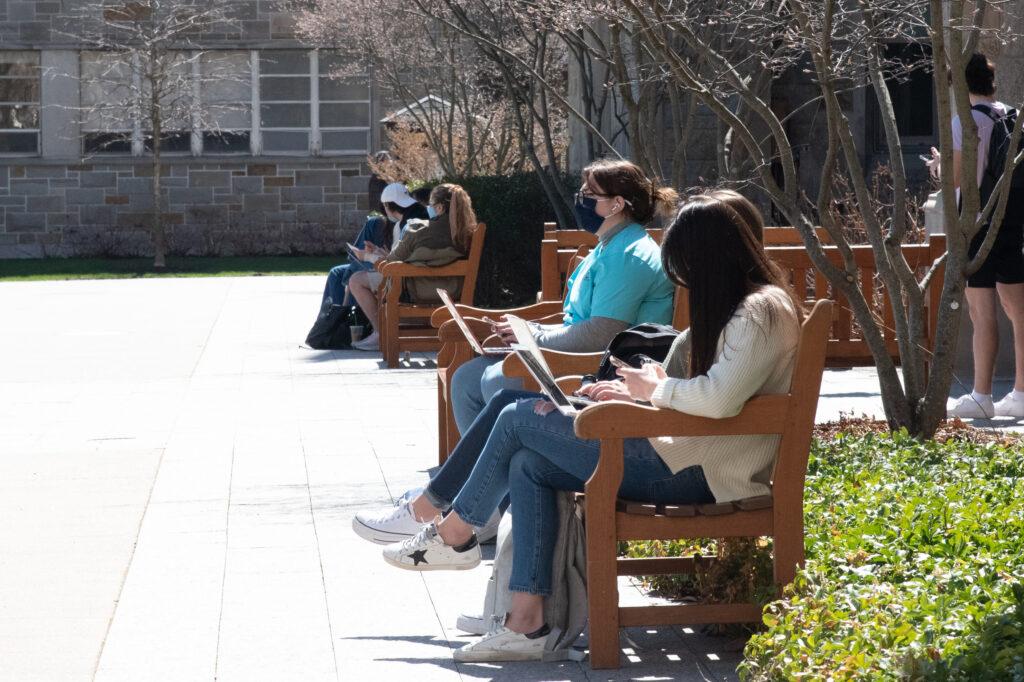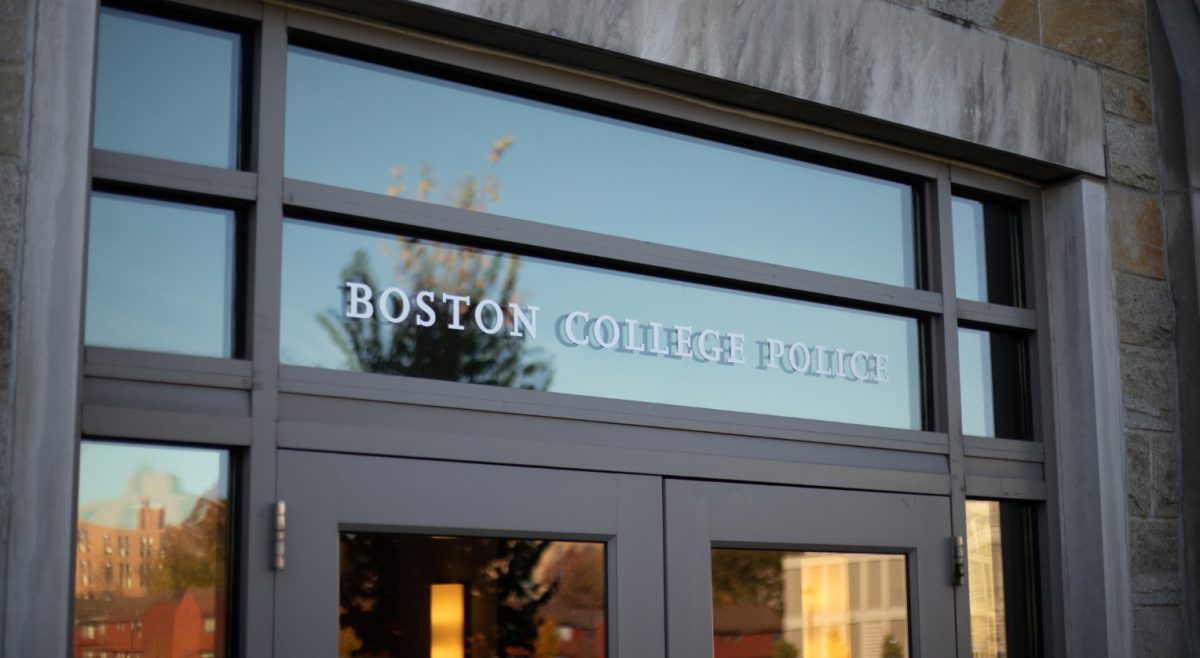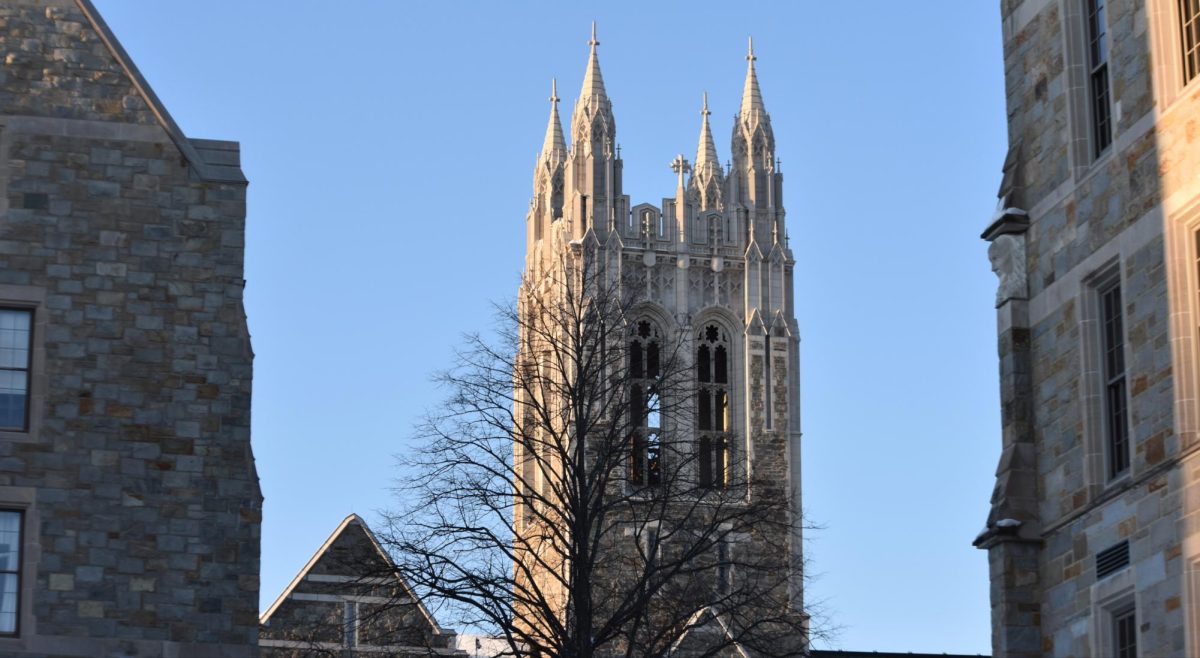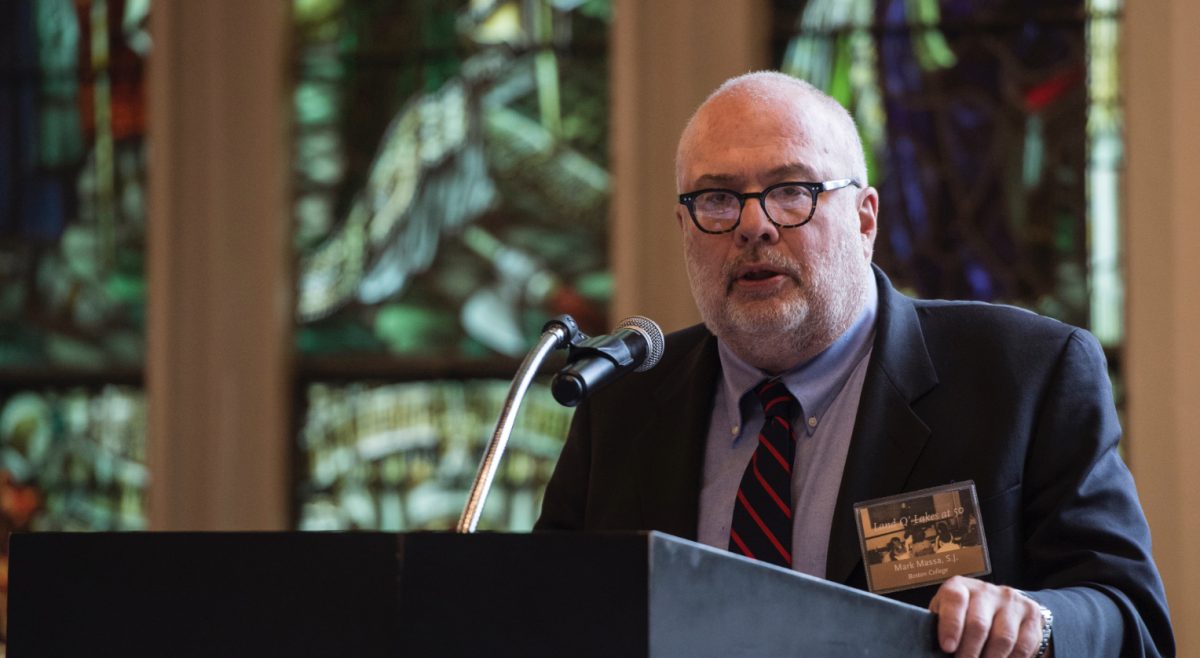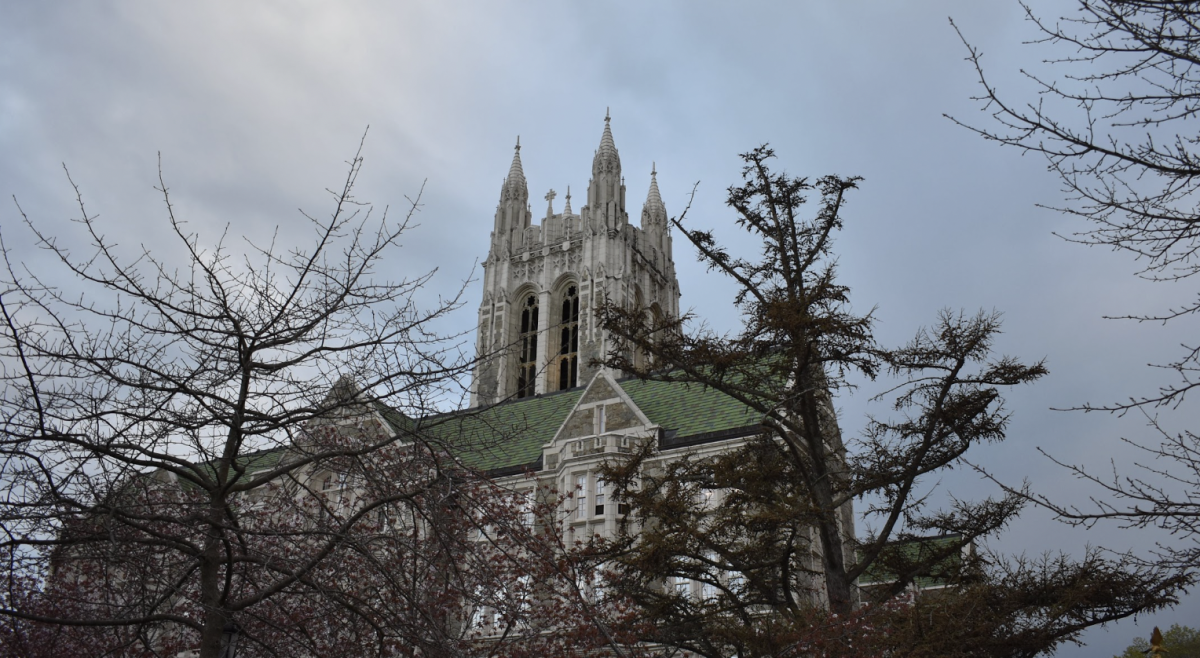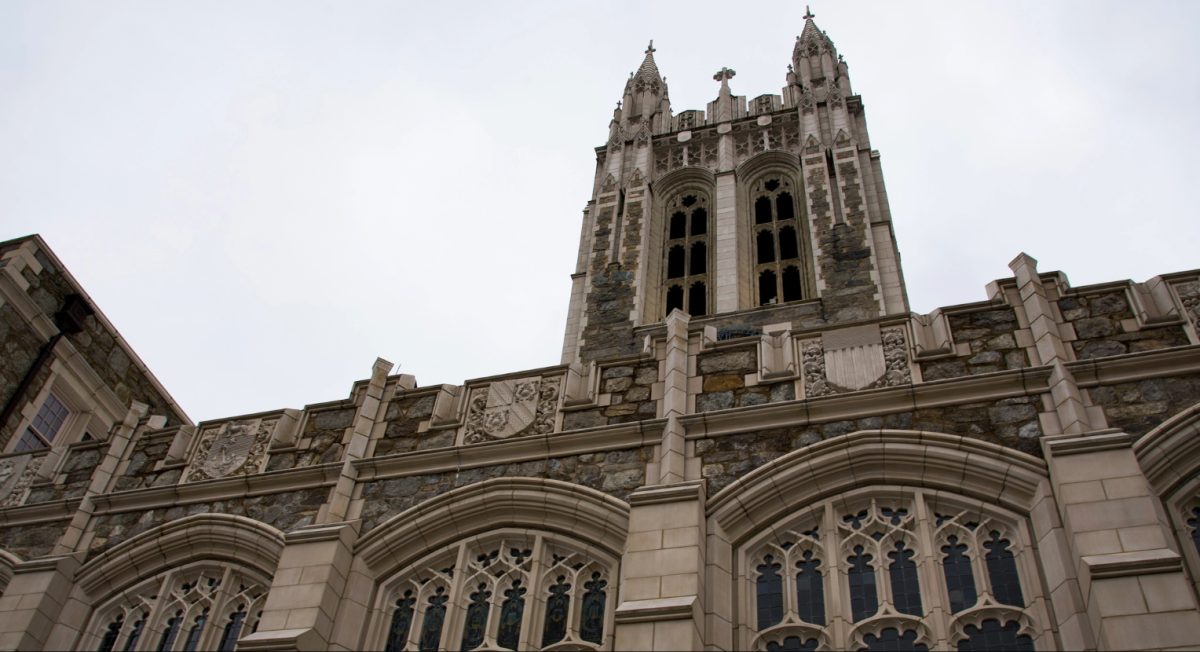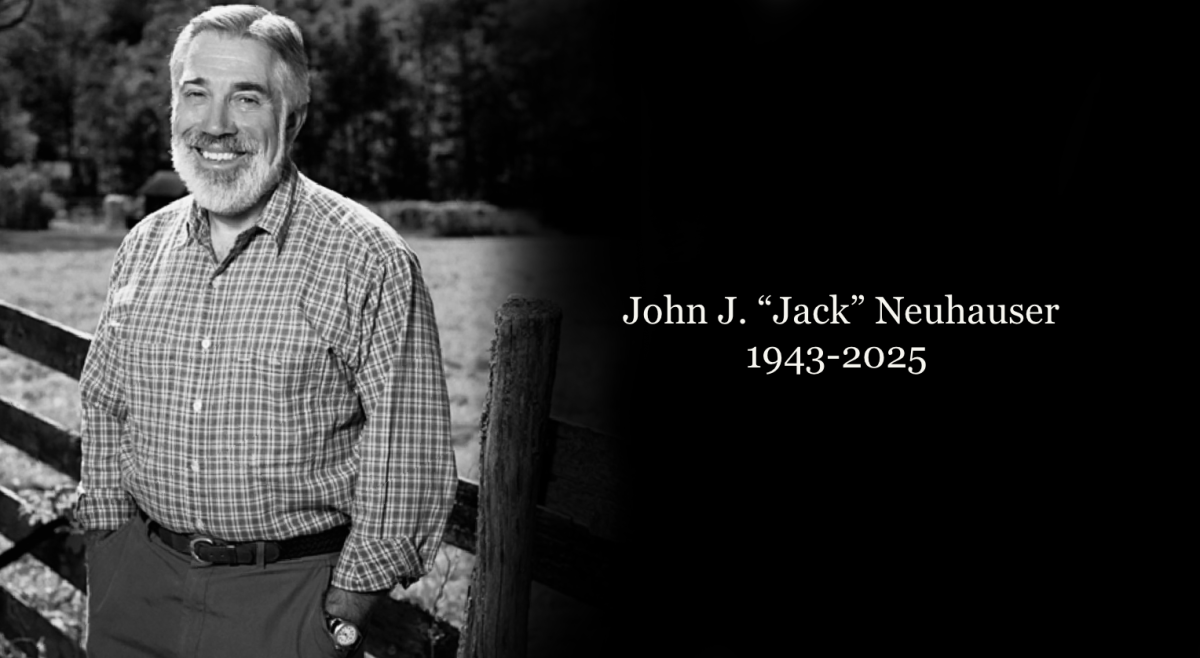Spring has arrived in New England—the weather’s getting warmer, and people are looking for opportunities to get together again after months indoors. The idea of Boston coming alive for the sunny weather may tempt residents to leave the house without a mask and gather in groups with the lower halves of their faces free.
Dean Hashimoto, BC law professor and chief of occupational and environmental medicine at the Massachusetts General Hospital and the Brigham and Women’s Hospital, can empathize with the sentiment.
“We all can very justly complain about having to wear masks,” Hashimoto says. “They’re uncomfortable, they stifle our breathing, they’re a general nuisance.”
It’s with this empathy that Hashimoto begins his book, The Case for Masks, which was released last October. Using his legal and medical background, Hashimoto tries to cut through partisan rhetoric around the COVID-19 pandemic, and argues for the importance of masking in the United States.
The book is all about meeting people where they are, he said, and offering a practical, science-based argument as to why every person in the U.S. should wear masks.
“The point is not to get 60 percent of the country to agree,” Hashimoto said. “Rather, the point of the book is to try to get 95 percent of the country to agree, which is the number we need to have an effective universal masking program.”
He wants the book to spark meaningful conversations that will promote what he calls “a culture of safety,” where people are willing to take necessary measures in order to live safely during the COVID-19 pandemic. For Hashimoto, that means wearing masks.
The Case for Masks was born out of data from the Massachusetts General and Brigham and Women’s hospitals, one of the first hospital systems in the country to institute a masking program in March 2020, Hashimoto said. It saw a dramatic decrease in the number of infections soon after putting this mandate in place.
For Hashimoto, this provided strong evidence for the importance of masking, not just in hospital settings, but wherever people gather, he said.
“What we found is that masking by itself was such an effective measure that it essentially reduced and diminished workplace exposure to zero, despite the fact that social distancing was very difficult to enforce, if at all, in patient care areas,” he said.
An overwhelming majority of mask-wearing Americans would, according to Hashimoto, mean two things—an opportunity to increase capacity in indoor spaces, even in spaces where social distancing might not be possible, and a possibility at squashing COVID-19 altogether.
“If we were able to coordinate all the state mandates for masks, and put something into place for six to eight weeks, you know, a couple months, if we were able to do that, we could make this pandemic disappear with a vaccination rate of about 50 percent,” Hashimoto said. “And 50 percent, I think, is very reasonable for this country.”
Even though the vaccine rollout in the United States, especially in Massachusetts, is going well, Hashimoto said he still believes that masks are a more reliable public health strategy.
“If you look at vaccines, even ones that are 90, 95 percent effective, you’re going to need to vaccinate 80 to 90 percent of our population,” Hashimoto said. “And that’s not going to happen in the foreseeable future in this country, much less other countries in the world.”
A recent poll sponsored by The Marist Poll in partnership with NPR found that 25 percent of Americans say they won’t get the vaccine, and another 5 percent are unsure. Vaccine hesitancy has become an obstacle to the herd immunity that’s necessary to overcome the pandemic and get life back to normal, Hashimoto said.
Mask wearing, Hashimoto said, is a relatively moderate and simple public health solution to the COVID-19 problem. It’s also low-cost compared to vaccinations, and it can be a useful way to decrease health disparities.
“The groups that were harmed the most, that suffered the greatest casualties from this pandemic, were basically the poor and minorities,” Hashimoto said. “And, the vaccination program isn’t helping that, not the way that we’re handling it right now. We’re discovering that the least vaccinated groups are exactly those groups.”
Hashimoto is encouraged by the Biden administrations’ rhetoric around the importance of masking, but he said he would like to see a larger investment to improve mask technology and to make masks free and accessible in communities that need them. Though most cloth masks worn by the average American are about 70 percent effective at filtering virus particles, Hashimoto said that most people don’t know what they’re buying when they purchase a mask.
“It’s an area that should be better regulated with better labeling, with people being encouraged to buy higher quality masks,” he says.
Even though masks can be a frustrating part of daily life and have become increasingly politicized, Hashimoto said he is still hopeful that his message in The Case for Masks will resonate. By looking at the issue from a non-partisan lens, and explaining why, practically, masking works, Hashimoto hopes that masks can even be a vehicle of hope.
“I, like many people, am really bothered by the fact that we’re so distanced from each other—we’re getting used to it, but it’s not the happiest of worlds,” Hashimoto said. “Masks actually would permit sort of more activity and greater occupancy, a new normality that is much more satisfying.”
Featured Image by Nicole Vagra / For the Heights

